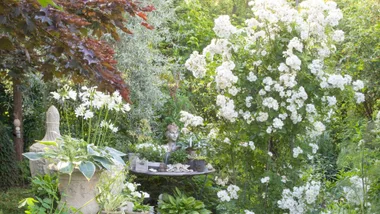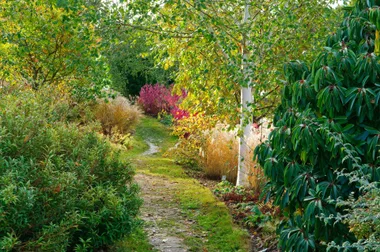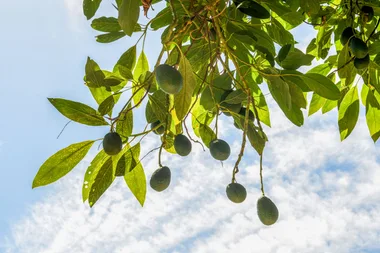Rapidly appearing holes in leaves with lots of droppings left behind can mean only one thing – caterpillars!
Caterpillars have a voracious appetite and can decimate a plant seemingly almost overnight. Follow any of our three organic control options outlined here to easily protect your plants from these common garden pests.
Hands on approach
Squashing caterpillars by hand is safe and effective, but they’re not always easy to find as they’re often well- camouflaged. With a bit of practise, though, you can see through their disguises. Don’t forget to check at different times of the day as many will be active only at night.

Recruit some helpers
Many birds and some predatory insects feed on caterpillars. Beneficial insects include the larvae of lacewings, which feed on young caterpillars, and many minute wasps, which parasitise caterpillar eggs. Special beneficial insect-attracting seed mixes are available from www.ecoorganicgarden. com.au and www.greenharvest.com.au. By planting long-flowering natives, such as grevilleas and flowering gums, you’ll also attract birds into your garden who will hunt out caterpillars and other pests for tasty snacks.
Organic spray
Caterpillars can be controlled organically. The product Dipel contains a naturally occurring bacteria that infects and kills only caterpillars. It has no affect on other creatures, including birds that might eat the infected caterpillars. Once ingested, the grubs stop feeding and die a few days later. Dipel is degraded by sunlight and washed off by rain or watering, so repeat sprays are usually required.
You may also like
 Getty Images
Getty Images









